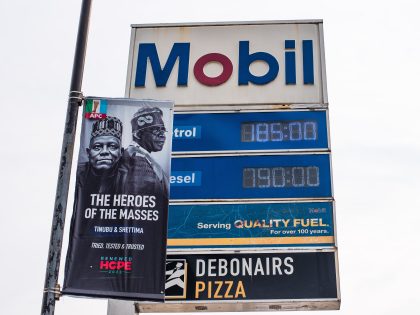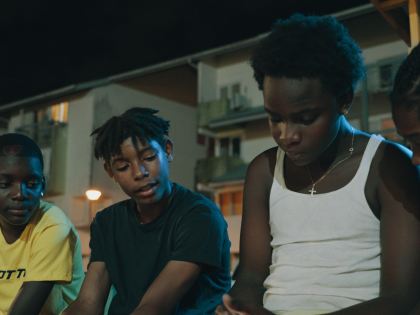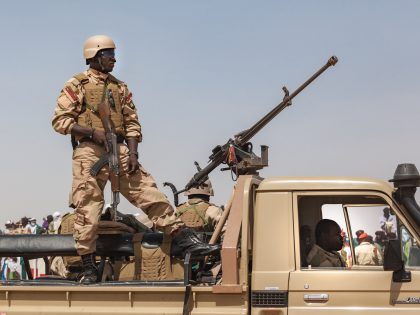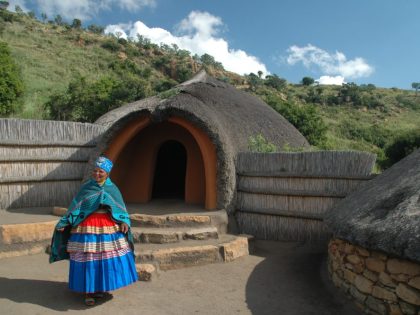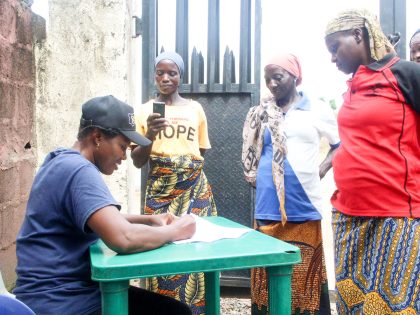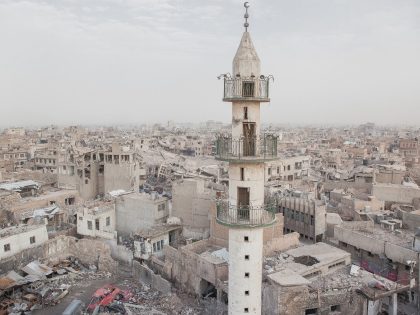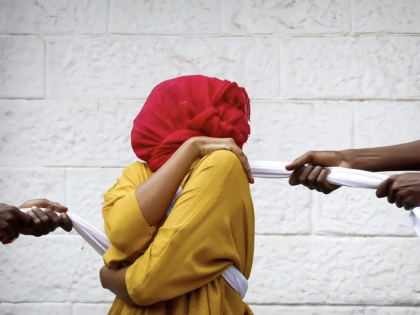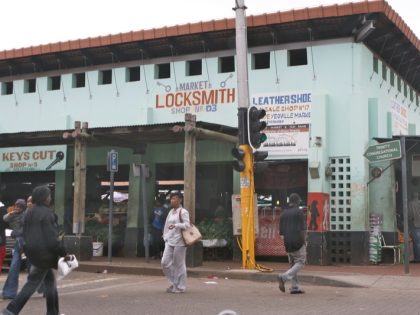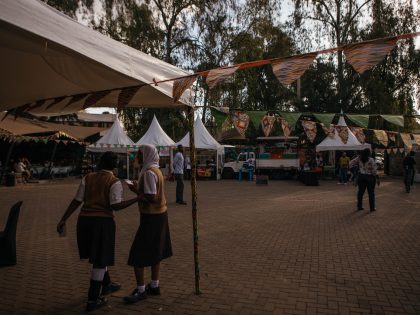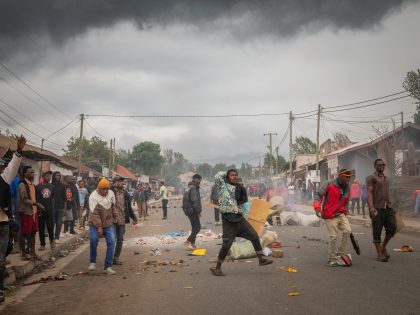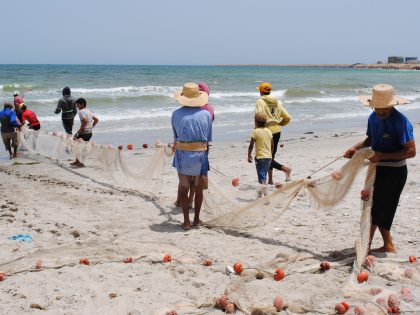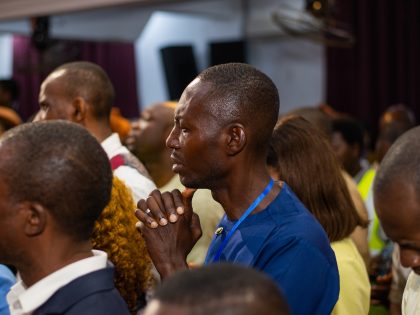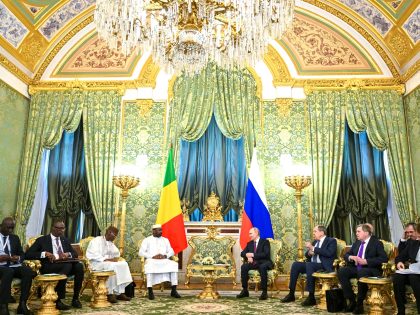The Magnificence of Kongo Art

Kongo Power Figure - Nkisi NKondi Mangaaka
Twenty-one years ago, “Angolan Sculpture, memorial of cultures,” curated by Marie Louise Bastin in the Lisbon Museum of Ethnology, traced a panorama of ethnic and cultural diversity for Southwest Africa and in that way, dignified the once-Portuguese colony. Then four years ago, in 2011, Christiane Falgayrettes-Leveau curated “Angola, figures of power” at the Dapper Museum in Paris. This exhibit, which lasted nine months and was a collaboration with the Luanda National Museum of Anthropology, for the first time brought together parts of ten different European collections on Angola. Well-respected researchers like Manuel Gutiérrez, Boris Wastiau, Manuel Jordán e Bárbaro Martinez-Ruiz were invited to write the catalogue, hold a conference, and debate art historical questions related to the exhibit. This gave Angolan art new visibility.
Now comes “Kongo: Power and Majesty,” a very important exhibit (until January 3, 2016) at the Metropolitan Museum of Art in New York City, which exalts the glories and trials of the Kongo Kingdom. The show, curated by Alisa Lagamma (the Curator in Charge, Department of the Arts of Africa, Oceania, and the Americas at the Met), also comes with a beautiful catalogue published by Yale University Press.
The Kongo Kingdom comprised a vast area of Central Africa that today encompasses the Republic of Congo, the Democratic Republic of Congo, and Angola. Kongo interacted with Portuguese, Dutch, and Italian traders, missionaries, and explorers across several centuries beginning in the 15th century. As a result Kongo artists produced new aesthetic forms, which are showcased in this show. The exhibit underscores that initially equal relations shifted to the detriment of the Kongo over time and the aesthetics of the work embody those radical changes.
Even though I worked for two years at the Museum of Anthropology in Luanda, I confess a greater attraction for contemporary African art. My fascination has to do with a better understanding of the arts from this time. But, even if it seems paradoxical, I still pay attention to how, through the years, museums around the world present classical and/or traditional African art (foregoing for now a discussion of these concepts).
In my view, “Kongo: Power and Majesty” is a beautiful exhibit because it puts the problems of history, like the slave trade and colonialism, front and center without minimizing them. The exhibit contains three elements worthy of note: in the first place, through the painting of Dom Miguel de Castro, emissary of Soyo (a province of Kongo) and through the relevant historical documentation displayed (namely correspondence between the Kings of the Kongo and the Holy See), it places the Kongo Kingdom in the full swing of the 17th century, amidst the most significant inter-state relations of the time, or in other words, at the epicenter of the first globalization known to humanity.
Secondly, executed in a delicate manner, and in a way that runs against the tendency predominant in other exhibits and to what we see in anthropological and ethnological studies, the show transfers our attention – that of the perception of our current moment – to the pomp and splendor of the Kongolese Kingdom and Society through a presentation of little known luxury textiles, simply displayed and demanding more systematic study. In contrast to the internationally known Kuba cloths, we know little about the importance of textiles in Kongolese society and culture: if we were to study them perhaps we would enrich our knowledge of the Kongo Kingdom and the relationships, for example, that its elite had with European upholstery making in the period.
Thirdly, without a doubt, the series of powerful figures, Nkisi Nkondi Mangaaka, occupy a central place among the collection of 146 pieces that comprise this exhibit, organized in three galleries, and displayed against a background of a deep indigo color. Used in mytico-religious ceremonies, the Mangaaka evoke the power of the ancestors and the manner through which they manifest in rituals that contribute to consolidating or transforming the becoming of an individual or a specific collectivity.
“Kongo: Power and Majesty” is timely for arriving at a moment in which the world needs to know more about this kingdom and in which the Angolan Ministry of Culture, through the personal involvement of its Minister, Rosa Cruz e Silva, via its project “Mbanza Kongo, a city to unearth,” has undertaken great efforts to put Mbanza Kongo on the world map of the Cultural Patrimony of Humanity. The Angolan state is acting to protect this historic place.
At the same time, we should keep in mind the announcement of the Sindika Dokolo Foundation (based in Luanda) regarding the restoration of two Mwana Pwo pieces during the III Luanda Triennale as well as other declarations of its founder. For example, in an interview with Raphael Minder of the New York Times this summer, Dokolo advocated the return to the continent of classical/traditional African art pieces and artifacts. This is a position that has gained political ground in recent years (possible objections, such as the creation of adequate museological conditions to receive the objects, are minor or, in any case, can be resolved).
But perhaps what we need to do in these circumstances and given the complexity of the question, which should have neither to do with celebrity or private agendas, is unite our forces to produce more encompassing solutions. Such solutions could include an analysis of the problem, for example, by the UNESCO Committee for Cultural Patrimony (and related institutions pertaining to member states). Every African country, taking into account its specificities, could develop potential positions for the state to take either individually or collectively (with other member states). Once an institutional front with real power exists, only then can we talk more of the magnificence of Angolan art, or African art in general. Such important questions should not be left in private hands, no matter how noble the end.
